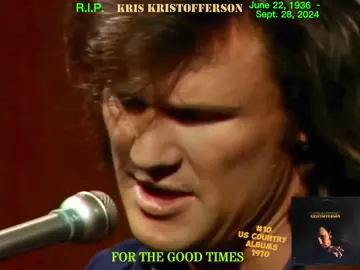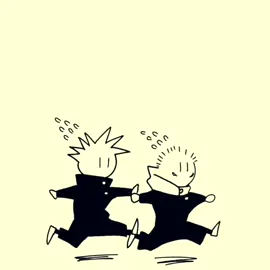ullan
Region: ID
Thursday 02 October 2025 09:21:01 GMT
215918
1743
34
139
Music
Download
Comments
v :
kak ini kresek kresek ga
2025-10-07 11:39:14
3
Arum :
ini bahammya kyk parasut kak?
2025-10-12 23:05:24
0
Raraww˚.🎀 :
kak tb berapa,ambil ukuran apa??
2025-10-08 16:12:25
0
Wonderful Gate :
kak ini nahan apa
2025-10-06 02:58:15
0
🧸ྀི :
spill atasannya kak
2025-10-08 02:42:30
0
alriznadshop :
waterproof engga ka celananya
2025-10-07 09:44:42
0
farhannn :
Parasut bukan ka bahannya
2025-10-13 22:02:01
0
dino :
kak spill bajuu
2025-10-07 00:50:07
0
Erviana :
kak, gerah ga ya celananya klo buat konser?
2025-10-09 11:02:55
0
yaaa🌺 :
BB 35 tb 153 pke uk apa kak?
2025-10-14 03:34:17
0
Amina :
Yang di pake warna apa
2025-10-12 06:50:44
1
HypeBySelvi :
SINI AKU BACKK SEMUA AFFILIATE TIKTOK‼️👇🏻AMANAH 💯🥰
2025-10-08 06:28:09
0
devitrn16 :
gmpang kusut y?
2025-10-13 01:42:25
0
Aca :
tb 143 kepnjgn ga ka?
2025-10-12 22:22:47
0
d :
😁
2025-10-14 02:51:57
0
Elviana mila :
🥰🥰🥰
2025-10-11 21:34:13
0
s🅰️L :
@nayawww0
2025-10-10 06:22:03
0
machalattee011 :
SINI AKU BACK SEMUA AFFILIATE PEMULA🔥🫵🏻🫵🏻
2025-10-10 02:53:16
0
To see more videos from user @ulann247, please go to the Tikwm
homepage.





